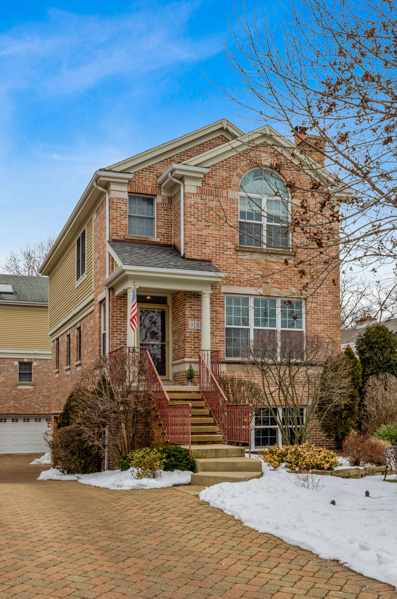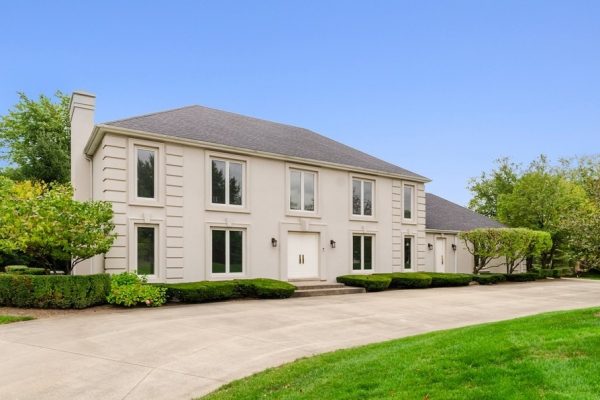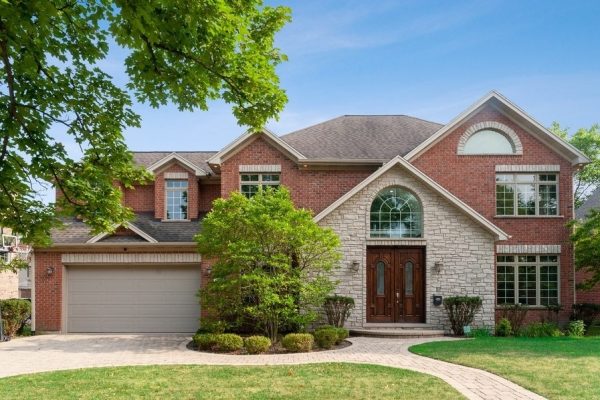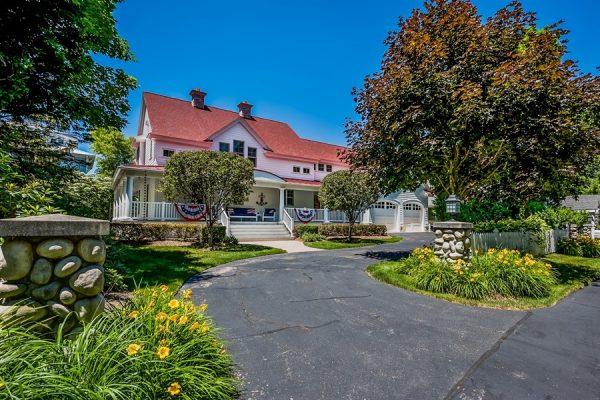Rain barrels are a type of green infrastructure that capture rainwater from your roof and save it for when you need it. Rain barrels keep water out of the sewer system, helping prevent sewer overflows and flooding. Rain barrel water can be used for many things from washing your car, watering your lawn, or creating a rain garden! Rain barrel water is naturally free of chlorine, lime, and calcium, which some gardeners say plantings prefer. Rain barrel water is runoff from your roof, so do not drink it!
| Rain barrels can be a part of any yard. Most homes can benefit from several rain barrels. If you have areas of unpaved, pervious ground near your downspouts, rain barrels should work in your yard. Homeowners throughout Cook County have incorporated rain barrels into their yards with great results.
Rain barrels are also a D-I-Y project! Installing is easy and requires a few tools. Detailed instructions are below and are provided with all rain barrels, but below we have a video to watch from the MWRD on how to do this successfully as well. Rain Barrel Installation Video Required tools: Hacksaw, tape measure, goggles, gloves, pen or pencil Recommended materials: 7′-10′ garden hose, concrete blocks and/or pressure treated wood 1. Designate Space and Place Your Barrel Rain barrels need to be located near a downspout and on level, pervious (water-absorbing – not paved) ground. Your rain barrel will overflow during heavy rain, so be sure you can direct overflow to pervious ground and away from your home and your neighbor’s home. Placing your rain barrel on a stable platform will help increase water pressure and make it easier to use a watering can or bucket. Concrete blocks or pressure-treated wood work well for platforms. A full rain barrel weighs approximately 500 pounds, so make sure the platform is sturdy! If you have a favorite watering can, adjust your platform to make sure it will fit comfortably under the spigot. 2. Measure and Cut Once your rain barrel is in place, position the flexible elbow (included with your rain barrel) on the barrel and next to the downspout to determine where to cut. The elbow should be aimed at the screened opening on the top of the rain barrel, and the downspout must be inserted about 2″ into the elbow. For most installations, it works well to cut the downspout about 8″ above the top of the barrel. Keep in mind that the downspout will need to be inserted a couple inches into the connecting elbow. Mark the downspout with a pen or pencil where you will be cutting it. Once you are sure where to cut, put on your safety goggles and gloves and cut the downspout with a hacksaw. 3. Connect Elbow to the Downspout Connect the flexible elbow to the cut downspout by inserting the downspout into the elbow and positioning it so water will flow into your rain barrel. 4. Connect Garden Hose to Overflow Fitting Connect a garden hose to the overflow fitting and direct it away from your house. Depending on the location of your rain barrel and your yard, this hose may need to be at least 7′ to 10′ long. 5. Cap Off Old Downspout Cap off the old downspout location on the ground to prevent it from becoming an animal’s nest or clogged with debris. |






